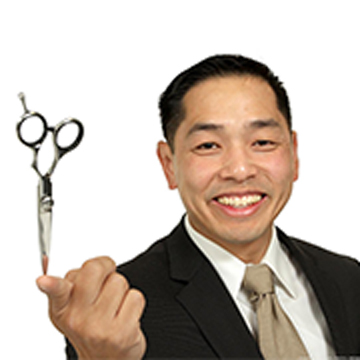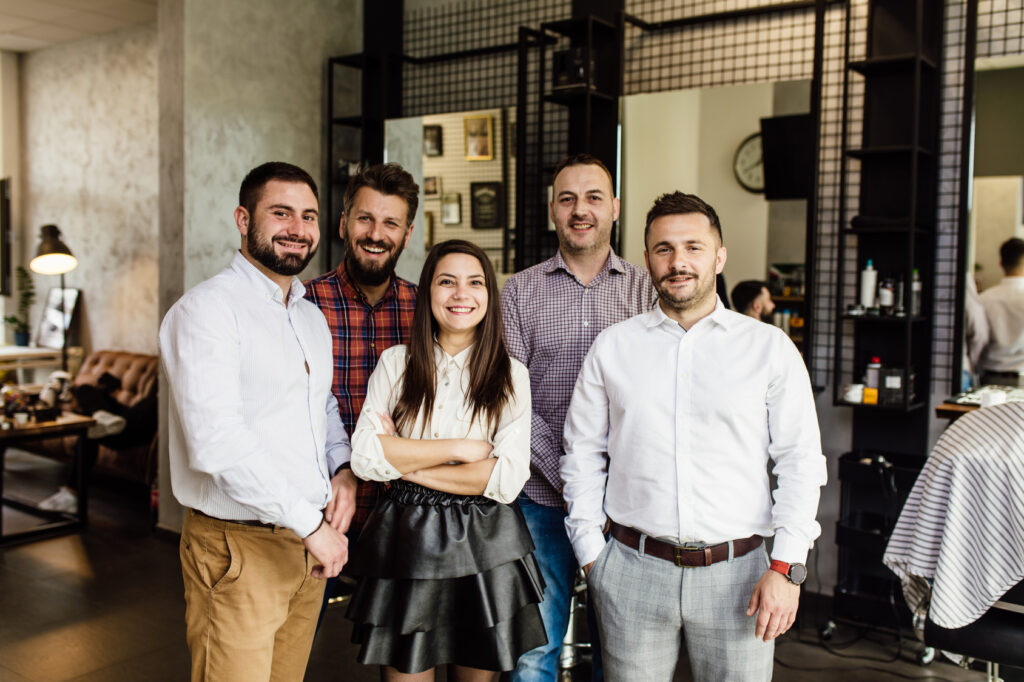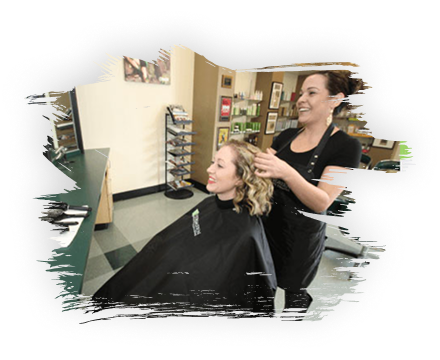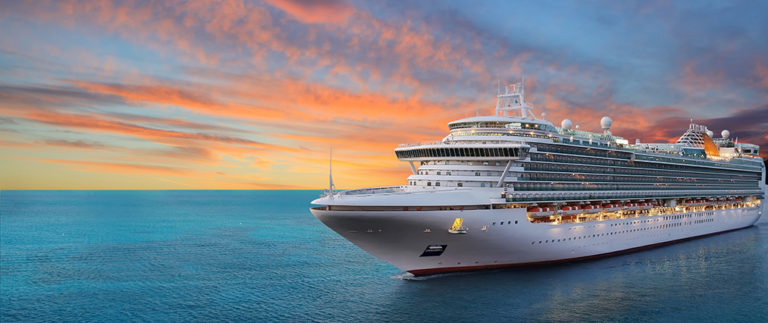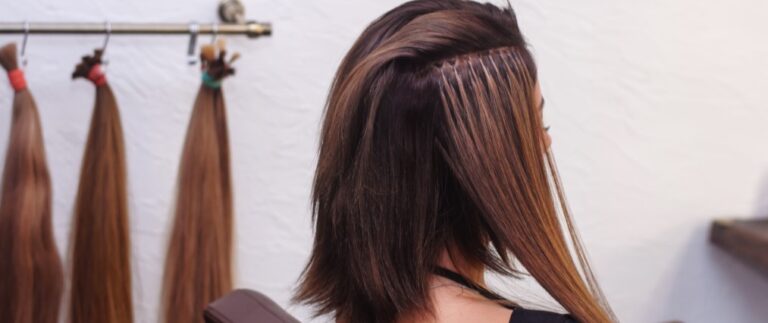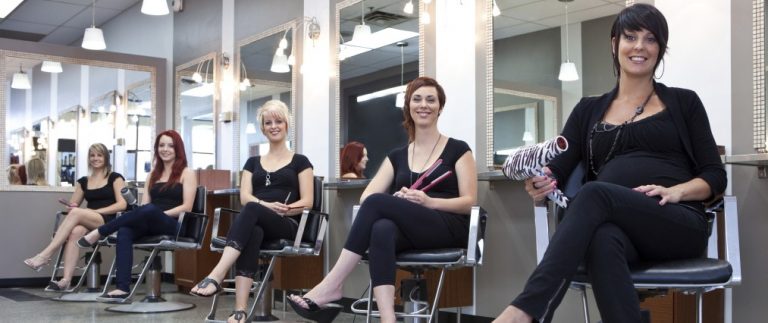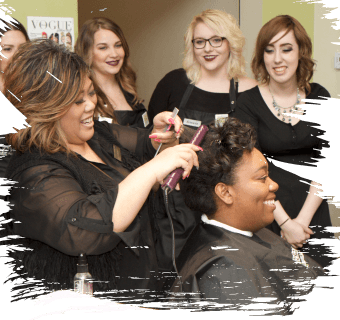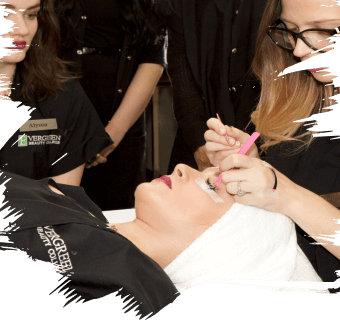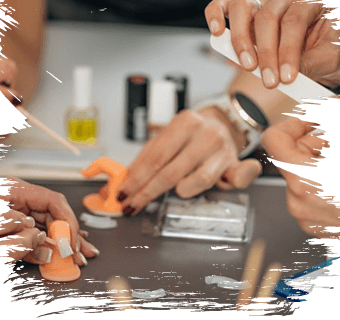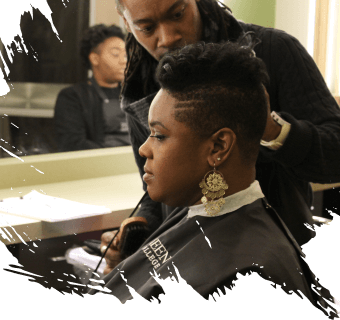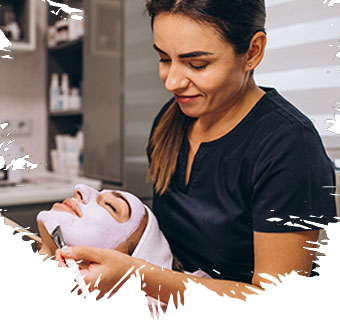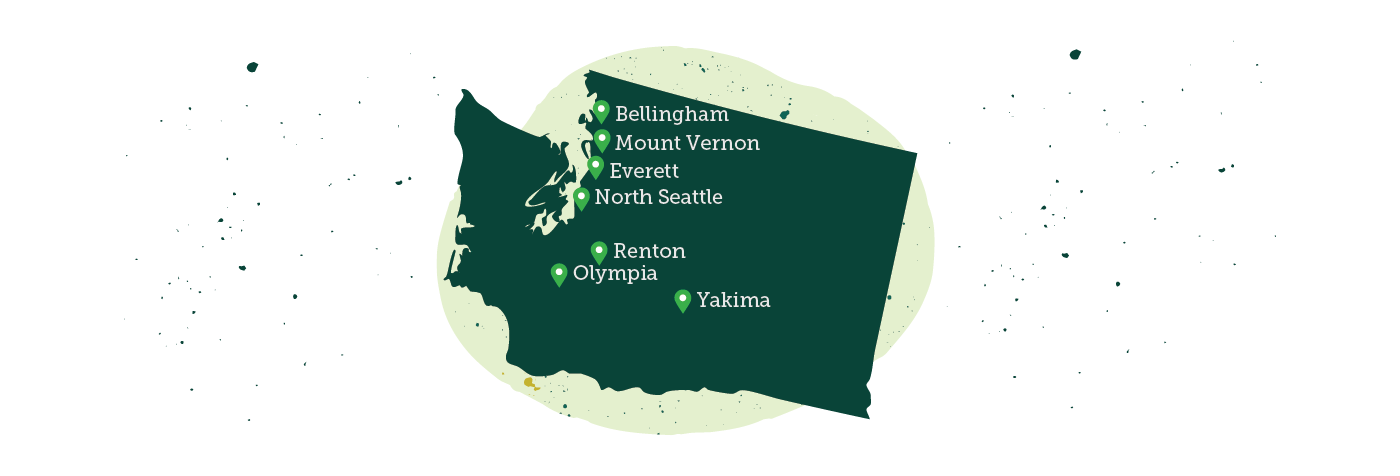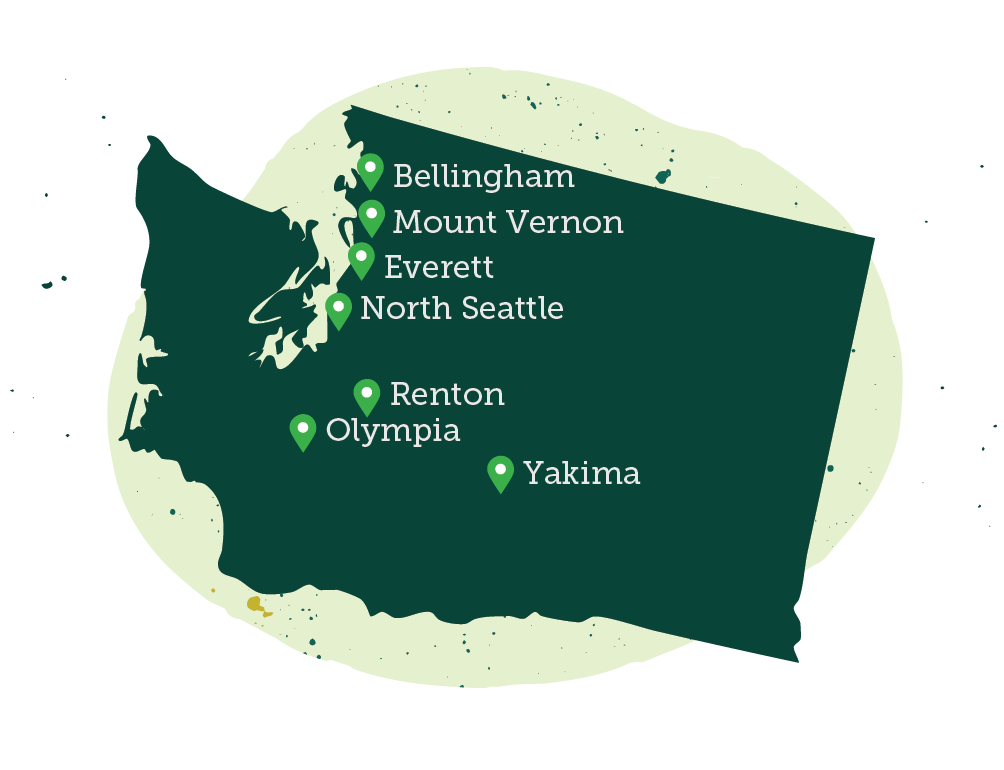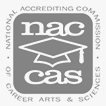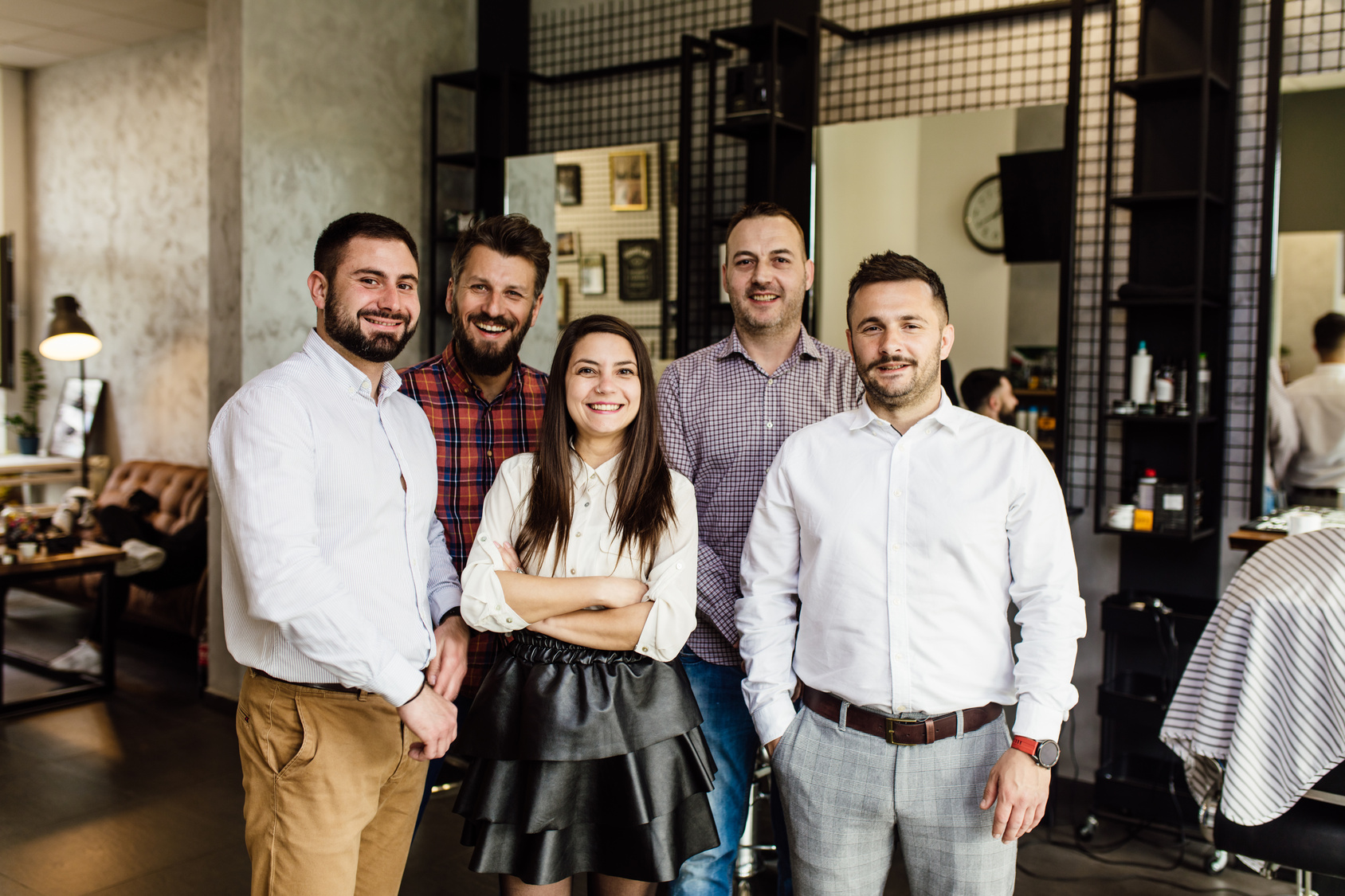
Boris Jovanovic/Stocksy stock.adobe.com
Barbers and hairdressers play distinct roles in hair care, each with specialized skills and training. In this guide, we’ll delve into what precisely separates the two professions.
A brief history of barbering
Barbering is an ancient profession, so to speak. A form of barbering dates back to ancient Egypt when men groomed pharaohs with cruder tools than those used today.
During the Middle Ages and even as early as Victorian times, barbers were multitaskers, performing healthcare duties beyond haircuts and shaves. The Renaissance is when barbers began to settle into their professions, honing their skills in men’s grooming services.
Today, barbering is a regulated profession requiring licensing to ensure practitioners meet health and safety standards, blending traditional techniques with contemporary styles and services.
The history of barbering is full of fun facts and interesting information.
What are the key differences between a barber and a hairstylist?
While barbers and hairstylists offer hair services, there are a few key ways the two professions are different. Barbers typically focus on shorter hairstyles and men’s grooming, including beard trims and facial hair maintenance, while using traditional barbering techniques, like straight razors, to achieve precise cuts and shaves. Typically, barbers train in barber school, and hairstylists enroll in cosmetology school. In Cosmetology, aspiring hair stylists will learn a range of services from coloring, chemical treatments, cutting, blowouts, and even consulting clients and providing product recommendations.
Both professions require licensing and formal education—the choice between a barber and a hairstylist typically depends on which program and career the student wants to pursue.
What type of training is required of hairstylists and barbers?
At Evergreen Beauty College, the Barbering program requires at least 1000 hours of training. Students can expect a combination of classroom instruction and hands-on practice guided by a curriculum covering a range of topics that include:
- Consulting clients
- Shaving, beard trims, and beard design with straight-edge razors
- Hair cutting with shears and razors
- Chemical services
- Facial hair design
- Business skills
Our barbering program prepares students for the state licensing exam and provides them with the skills needed to succeed as professional barbers.
Anyone aspiring to be a hairstylist would enroll in a conventional cosmetology program. The cosmetology program at Evergreen requires students to complete 1,600 hours of training.
Cosmetology programs will teach students a wide range of techniques not limited to hair coloring services. Cosmetology students will also learn:
- Coloring techniques and color treatments
- The art of styling hair
- Hair straightening
- Basic haircuts
- Lash extensions
- Body hair removal
- Basic facials
- Basic makeup techniques
- Basic nail artistry
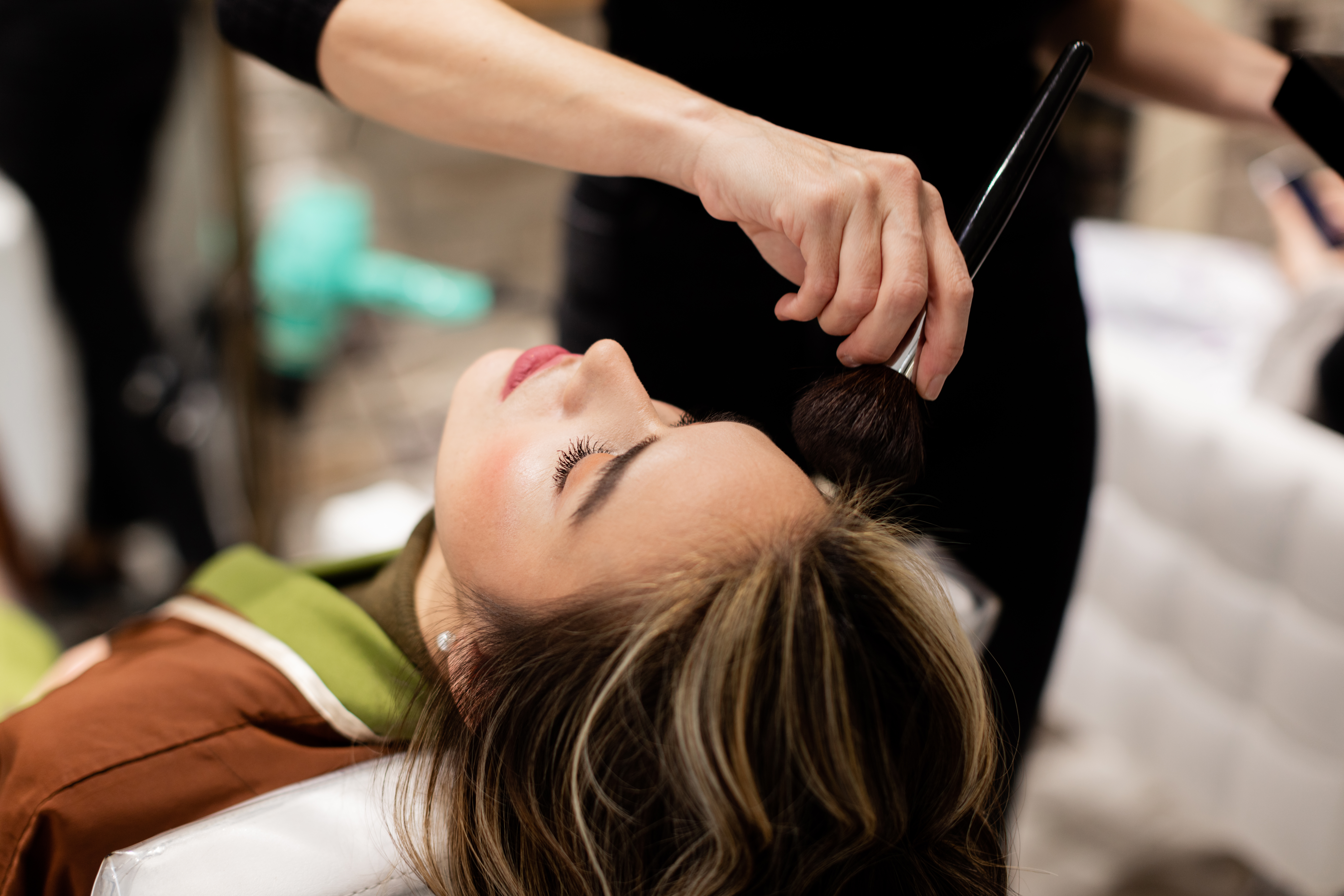
JAVIER PARDINA/Stocksystock.adobe.com
Barber shops or hair salons
Clients seeking expert hair color or trendy hairstyles should book an appointment at a salon. Gentlemen looking for a sharp fade or clean shave can turn to their local barber’s skilled hands.
Ultimately, the client’s specific needs will guide their chosen venue, as each professional regularly books appointments tailored to their expertise.
About Evergreen Beauty College
Our staff believes fostering each individual’s creativity and playing a role in their career development is invaluable. Our program encourages student engagement, health, safety, and vast growth!
If you are considering a career in haircutting, contact us to learn about the admission requirements and schedule a tour. Evergreen Beauty College has extensive curriculums in both programs, offering hair styling and barbering courses. The staff members at the school are happy to guide you through the process and answer each of your questions. Taking classes at Evergreen will positively influence your career path.
Evergreen Beauty College offers grants and scholarships for qualifying students seeking financial aid or loans.
Take our brief survey to learn if beauty school is the right path for you.
FAQ: The essential difference between a barber and a hairstylist
What’s the difference between each profession?
Our hairdressers excel in coloring, cutting, washing, and blow-drying, offering a comprehensive range of services. Meanwhile, our barbers bring unique skills to the table, offering beard grooming and trims, ear flaming, classic wet shaves, invigorating friction massages, and hot towel treatments to elevate the experience.
The difference is that salons may provide more services than barbershops.
What is the average salary for barbers?
According to Indeed, reported in August 2024, the average salary for barbers in Washington state is $32.11.
As time goes by and you start booking regular haircuts, there is room to increase your earnings substantially.
What is the average salary for hairstylists?
According to Indeed, reported in August 2024, the average salary for hairstylists residing in Washington state is $23.80.
Creating a loyal client base is achievable and can be fiscally and emotionally rewarding. This figure is based on the median earnings in the state of Washington. Hairstylists have the potential to earn a very decent living working at a salon or as a salon manager.

